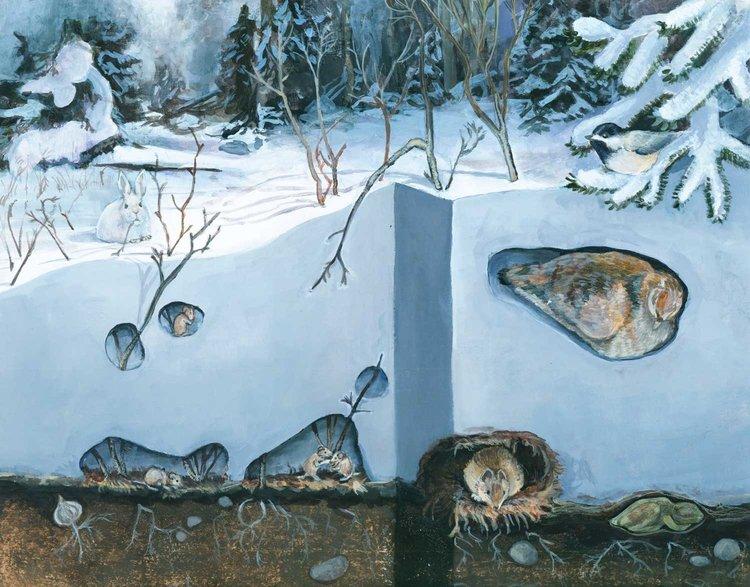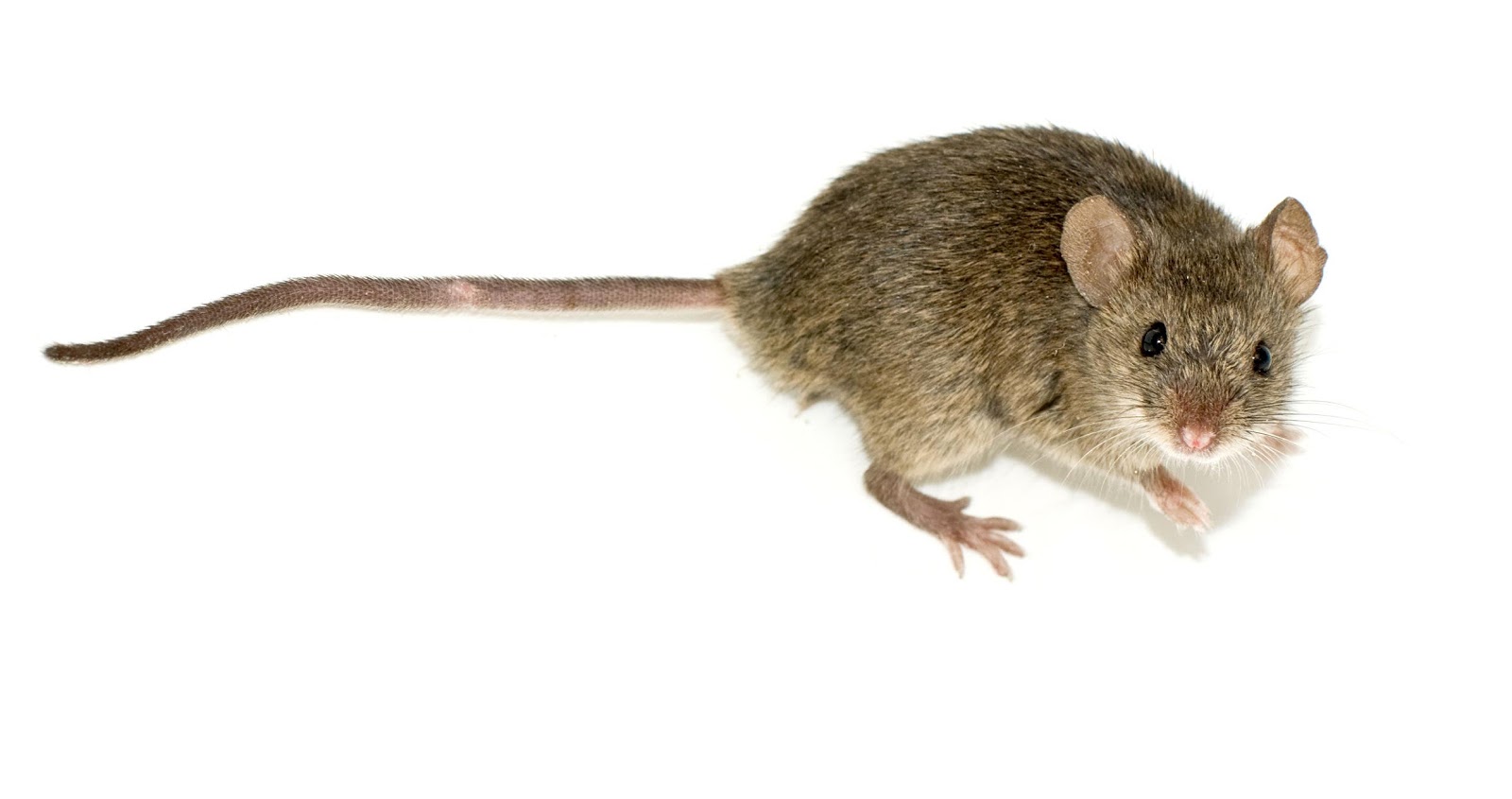By: Shawny Eckert
Every animal must have adaptations to survive cold winters, and one of these adaptations is to use the “Subnivean layer” to keep warm through freezing temperatures. The word subnivean comes from the Latin words “sub” and “nives” which means “under snow.” This zone begins to form when snow lands on vegetation and rocks, blocking snow from accumulating underneath. At the same time, the snow that lands on the ground sublimates, which means it changes from a solid to a gas without melting. Sublimation is caused by heat radiating from the earths surface, and when the water vapors rise up into the top layer of snow, it cools and forms ice crystals on the lowest layer of the snowpack. This layer of ice that forms creates a sort of roof, forming a protected area perfect for small animals such as mice, voles and shrews. The snow that continues to fall on this ‘roof’ provides insulation and keeps temperatures much warmer than the outside. Under the snow these small animals create long tunnel systems with airshafts connected to the surface above. Food is readily available with grasses, leaves, bark and seeds remaining unfrozen below the surface of the snowpack.
Illustration by Kristin Link (www.kristinillustration.com)
The Subnivean layer provides some protection to animals, but predators such as owls, foxes and wolves have such an excellent sense of hearing and can actually hear the small mammals under the snow! Owls will listen closely and plunge through the snow, often catching the small animal on their first try. Some predators, such as weasels, will enter the subnivean layer through the tunnels and catch their prey this way. They will sometimes even build a nest out of the fur of the mice they capture and use the tunnel system as their own!
Come spring, a sudden thaw or early rain can drown the subnivean dwellers as water floods their tunnels and one day, as the temperatures rise, the tunnels will collapse! Then the small mammals will enter the outside world once again, ready for spring!
Photo By: EALT
Mice are one of many animals that use the subnivean layer.
By George Shuklin (talk) - Own work, CC BY-SA 1.0, https://commons.wikimedia.org/w/index.php?curid=5521043




